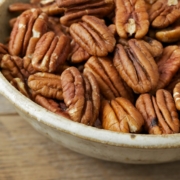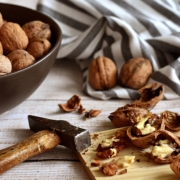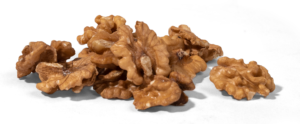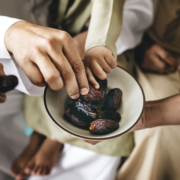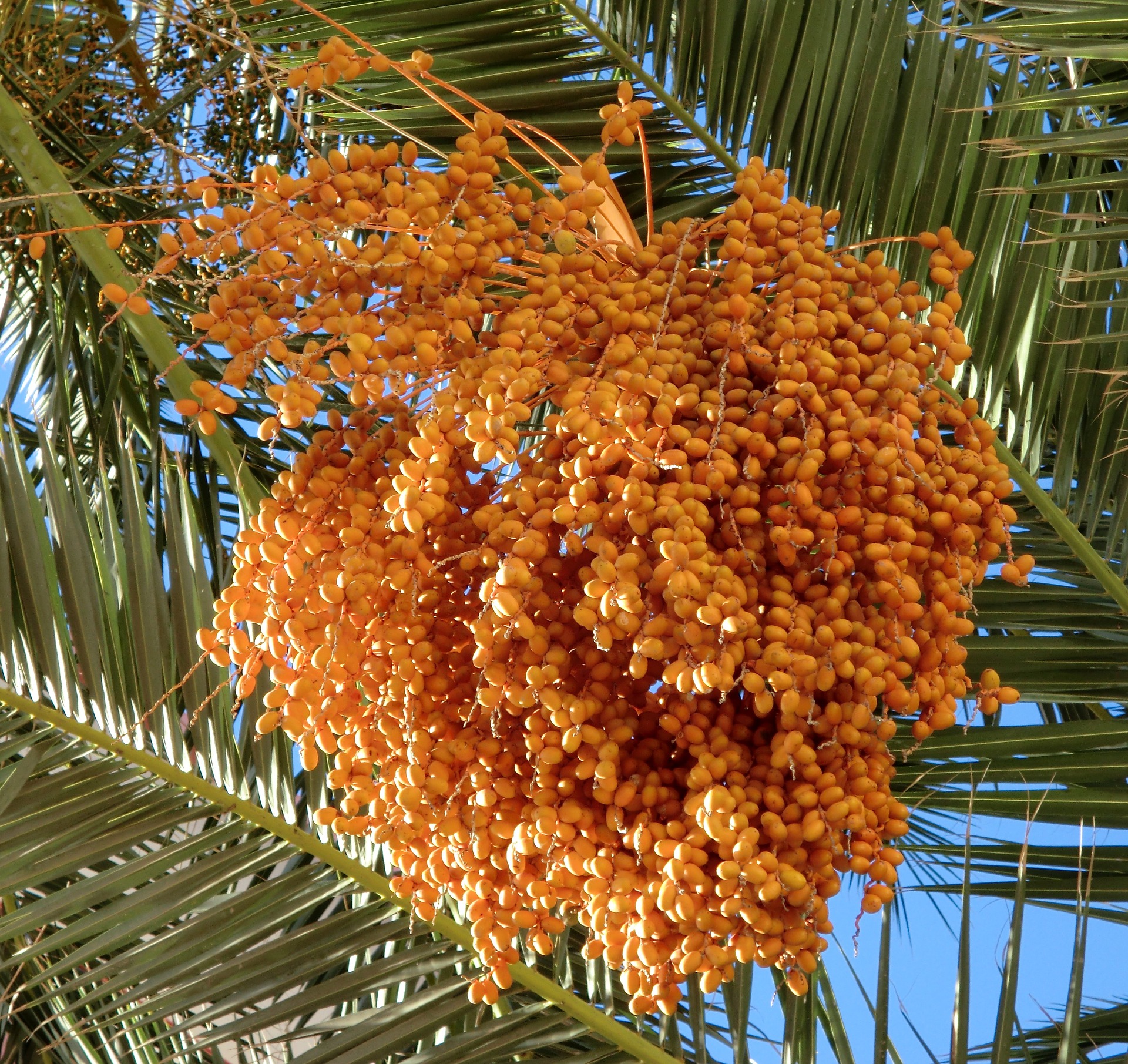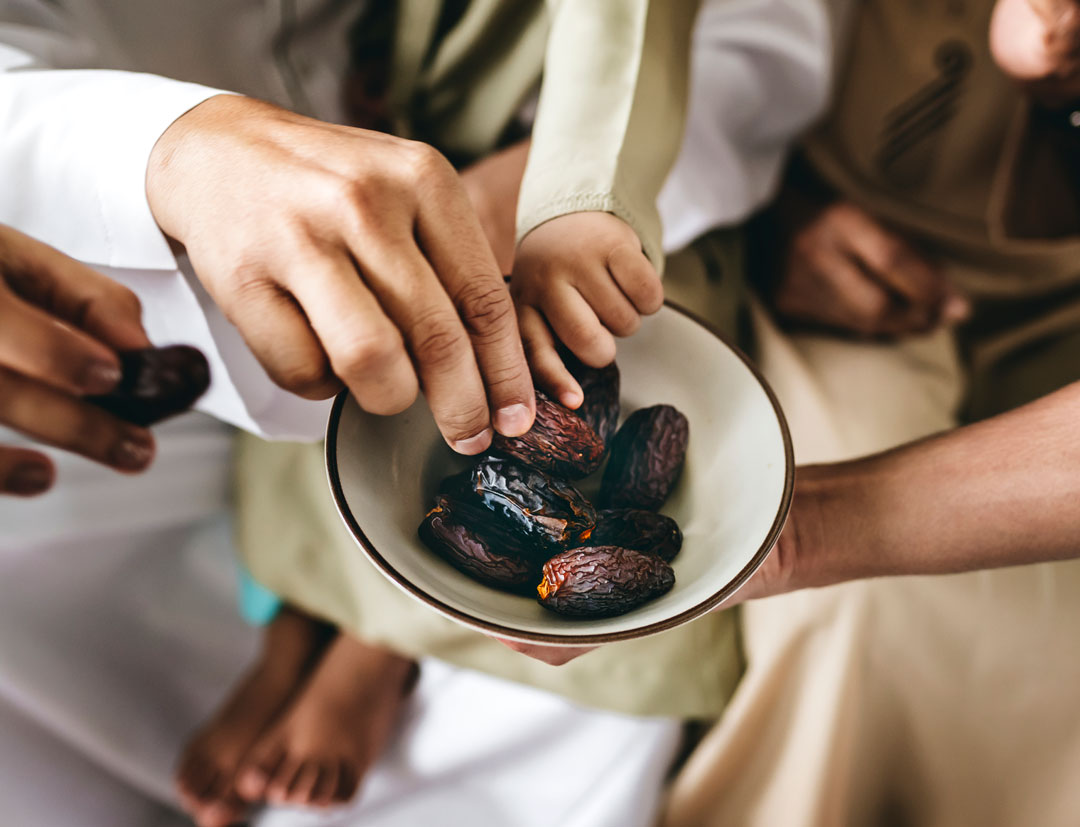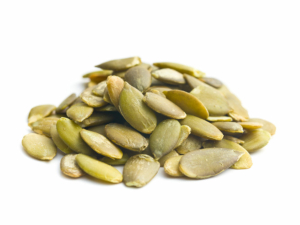Pecans
A healthy and varied diet contains enough fruits and vegetables and is the basis for a strong immune system. But don’t forget that the pecan is also a good source of the minerals zinc and ijze, crucial for a good resistance. It is similar to the walnut, but slightly sweeter: the pecan! This tasty nut grows in America and they are therefore by far the largest and most important producer, but the pecan tree also grows in Israel, South Africa, Mexico and Australia. Like other nut trees, these trees have a harvest cycle of 2 years, once every two years there is a big harvest. Like the walnut, there is a green bark around the nut, this opens when the fruit is ripe, then the brown nut emerges.
Besides also being packed with good fats, the pecan excels in its high zinc and vitamin B1 content. One 25-gram handful of pecans contains a quarter of the daily recommended amount of zinc. Zinc is needed for tissue growth and development and proper immune system function. Vitamin B1 is essential for energy supply in the body. Vitamin B1 is very sensitive to sunlight and heating, so our advice: keep pecans dark and eat them raw!

